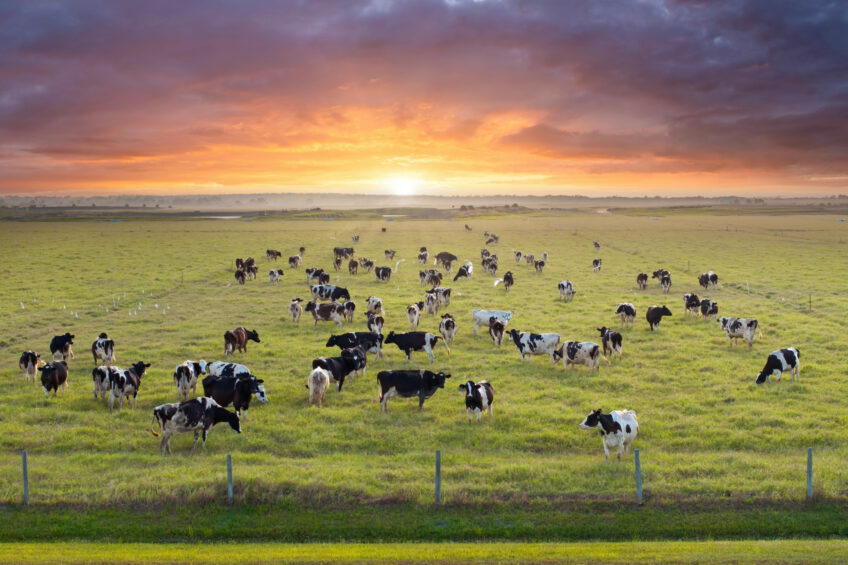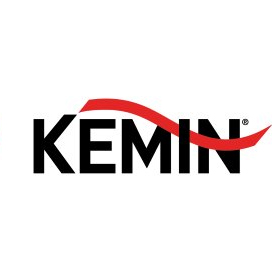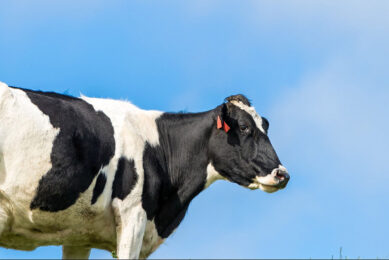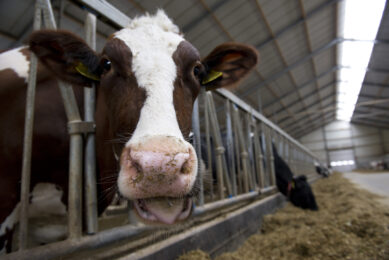Amino acid balancing: a profitable path to sustainable dairy farming

Dairy farming is under increasing pressure to align with global climate goals while maintaining profitability. As regulations tighten and environmental concerns rise, innovative feeding strategies offer hope. One such strategy – precision nutrition through amino acid balancing – emerges as a promising solution.
Optimising protein use and replacing high-footprint ingredients enables farms to reduce carbon emissions, improve nitrogen efficiency, and support animal health, all while safeguarding productivity and profitability.
The environmental challenge
Globally, cattle are the largest contributors to greenhouse gas (GHG) emissions from livestock, generating approximately 3.8 gigatonnes of CO₂-equivalents annually – over 60% of total livestock emissions. According to FAO, global milk production emits on average about 2.1 kg CO₂-equivalent per kg of fat and protein-corrected milk (FPCM), with methane (CH₄) being the dominant emission source, followed by CO₂ and nitrous oxide (N₂O).
However, these numbers can vary according to region. The Flanders Research Institute for Agriculture, Fisheries and Food found that Flemish dairy farms emit an average of 0.99 kg CO₂-equivalent per kg FPCM, with 44% coming from feed (farm-grown and purchased feed) – more than the 41% from enteric emissions.
In the EU, stringent climate targets mandate a 55% reduction in net GHG emissions by 2030 (from 1990 levels) and climate neutrality by 2050. Additionally, new regulations such as the EU Deforestation Regulation (EUDR) restrict the use of certain feed ingredients, notably soy products, further driving the need for alternative, sustainable feeding practices.
Precision nutrition as a lever for sustainability
Precision nutrition focuses on delivering essential nutrients in the right amounts to meet the animal’s actual requirements, minimising unnecessary losses. Within this framework, amino acid (AA) balancing plays a pivotal role. Traditional protein-rich diets often oversupply crude protein, leading to inefficient nitrogen utilisation and increased nitrogen excretion in manure – one of the key sources of environmental pollution in dairy farming.
By balancing essential amino acids in rations, dairy farms can:
- Enhance feed efficiency, converting more feed into milk.
- Reduce nitrogen excretion, leading to lower ammonia and nitrous oxide emissions and less nitrate pollution.
- Lower the carbon footprint, by using less environmentally intensive protein sources and improving milk production and health.
Reducing carbon footprint with amino acid balancing
One of the key contributions of amino acid-balanced diets is the potential for substantial reductions in feed-related CO₂ emissions, ranging from 8% to 28% in trials across various ruminant species. This is achieved through 2 primary mechanisms:
- Reduced use of high-footprint ingredients: Soybean meal, a common protein source, is linked to deforestation and high embedded carbon costs allowing the nutritionists to use other local sources.
- Improved feed conversion: Enhanced efficiency means more milk or meat is produced with the same or even reduced amount of feed.
In one study with lactating Holstein cows, amino acid supplementation led to a 9.3% reduction in feed-related CO₂ equivalents. In fattening lambs, a 28% reduction was reported alongside a 12.7% drop in protein fed.
Nitrogen efficiency and manure management
Nitrogen losses through manure are a critical environmental issue, contributing to N₂O and ammonia emissions and groundwater contamination. Traditional protein-heavy diets result in significant nitrogen excretion, often because the protein exceeds the animal’s actual amino acid requirements.
Amino acid balancing allows for reduced dietary crude protein without compromising milk yield, leading to a more efficient use of dietary nitrogen, increasing the proportion converted into milk or meat protein rather than lost in the manure.
Animal health, welfare, and productivity
Beyond sustainability, precision nutrition also promotes animal well-being and farm profitability. Optimised amino acid profiles support:
- Higher milk yield and composition: Several trials reported a clear increase in milk production and components, resulting in profitable gains in overall milk protein and fat yield.
- Improved casein content: Higher casein/protein ratios have been observed, enhancing milk quality and processing value. Improving in all cases the cheese efficiency, kilograms of cheese produced per kilograms of milk.
- Better animal health: Better nutrient balance strengthens immunity and minimises metabolic disorders, reducing reliance on antimicrobials.
These outcomes contribute to longer productive lifespans and healthier herds, both of which are key pillars of sustainable livestock farming.
Economic benefits and soybean substitution
Incorporating amino acid balancing into feed not only reduces emissions but also offers economic gains. In a trial with Lacaune ewes, optimised amino acid diets led to a 10% cost reduction. This was primarily due to:
- Lower total protein inclusion, but meeting the metabolisable methionine and lysine needs to reduce feed costs.
- Decreased soybean dependency, mitigating price volatility and offering potential for cheaper, more local ingredients.
The strategy aligns perfectly with circular feed systems, which prioritise local, low-footprint ingredients and reduce reliance on imported commodities.
Conclusion
Balancing amino acids through precision nutrition offers dairy farmers a powerful lever to achieve both environmental and economic sustainability. By improving nitrogen efficiency, reducing GHG emissions, and enhancing animal health and productivity, this approach not only meets regulatory demands but also supports long-term profitability.
In a sector under intense scrutiny, amino acid balancing presents a science-based, practical solution to future-proof dairy farming – turning sustainability from a cost into a competitive advantage.
Join 13,000+ subscribers
Subscribe to our newsletter to stay updated about all the need-to-know content in the dairy sector, two times a week.





